What is “Montessori Independence?”
After building up an amazing collection of Montessori Practical Life Activities on Sugar, Spice & Glitter, I wanted to revisit why Montessori practical life activities are so wonderful and beneficial to children, even if you don’t implement any other Montessori activities in your home.
What is Montessori?
Recently, Montessori has come into the spotlight thanks to Prince George and Princess Charlotte attending a Montessori school and I’ve seen a corresponding increase in interest and confusion about what Montessori actually is.
(Funny enough, a lot of educators get mad about the label “Montessori” being attached to practices they’ve been doing “for years” because they don’t realize that Montessori is over 110 years old!)
Dr. Maria Montessori was the first to incorporate “home play centers” (like play kitchens) into the classroom, she was the first to commission child-sized desks and chairs, and she was the first to revolutionize the teaching of “practical life skills” as a basis for academic learning, among many other practices we consider standard in ECE and kindergarten classrooms now.
One thing that has come into controversy recently is the label “Montessori Independence,” specifically how Montessori independence differs from other examples or models of independence.
While we can all agree that we want our children to be independent, where we may disagree is how to encourage a child to be independent and what tasks they should be independent in.
Montessori Dependence
But before I touch on what Montessori Independence IS and how it differs, I think it’s important to acknowledge that Montessori also highlights the importance of Interdependence – celebrating and learning how we all contribute to our communities and our families.
The more we expose children to the different “functions” of our society, the more we foster appreciation for those functions. For example, allowing children to grow their own gardens from seeds, encouraging them to nurture their plants daily, and then partaking in the harvest and enjoyment of those vegetables, children can develop a more rich appreciation for the food that comes across their tables every day.
You may have by now seen the “Montessori Coat Flip” which empowers even young children to put on their coats independently, but what you may not have seen is that true Montessori environments put an equal emphasis on asking our friends to help us – and how to help a friend put on their coats by holding the coat up for them.
Also, while we’re fostering independence in Montessori, please note that we’re not avoiding helping the child. If you’ve ever parented or cared for a 3 year old you know that they crave independence.
Montessori helps them achieve that independence (and all of the wonderful validation that comes with that) in a safe and natural way by preparing the environment for independence.
Montessori Independence
Montessori Independence differs mainly because of Montessori’s unique perspective that a child is infinitely capable if given the right instructions and tools.
I think that’s so important that I’m going to say it again: a child is infinitely capable if given the right instructions and tools.
Parents and educators have the first responsibility to set up “invitations” for independence and demonstrate those skills in a way that a child can replicate.
For example, think of the way that you open a banana.
Chances are, the way you open it involves a great deal of hand and finger strength that you take for granted, and your child doesn’t yet possess. Many adults can effortlessly remove a banana from the bunch and peel it starting at the stem, however both of those tasks are incredibly hard for little hands.
In order to empower a child to open a banana independently, we may need to consider a new way for them to do it. We may also need to “prep” the bananas in our kitchen by separating them from the bunch, and then also show the child how to open a banana from the bottom, in order to make that independent banana opening possible!
Montessori looks at tasks through the perspective of a child. It considers:
- What a child will find useful & helpful (“real work”)
- How the task will need to be modified for a child’s capabilities while also developing new skills
- How can we allow children to repeat this task as often as they’d like?
- What tools benefit the child in this activity.
Children don’t want to be placated with fake tasks and false independence. They catch on and will lose interest.
Point #2 is also why you may see a lot of old-fashioned materials in Montessori, because we are not just building a skill, we are also building hand strength, muscle control, orderly work, etc. I cannot think of a single Montessori practical life skill that does not also build on another necessary skill for academic success. So, we’re not looking for a machine that does the work for the child – we are looking for a tool that empowers them.
For example, you may have an electric spice grinder at home so a mortar and pestle seem silly and outdated. However, a mortar and pestle allow a child to develop their hand muscles while grinding (which are essential for writing), they have to use their arm muscles and experience the true force that it takes to break down spices, and they experience a myriad of sensory experiences that wouldn’t be available to them with an electric grinder. Further, we can trust a child to use a mortar and pestle independently, without interruption, whereas an electric grinder would require more supervision and hovering.
Next week, I’ll be sharing my favorite Montessori tools for building a home that fosters independence so make sure you’re on my e-mail list to get that post!
In the meantime, be sure to check out my collection of Montessori Practical Life posts here and grab my free printable checklist of Montessori Practical Life activities.
Be sure to check out these amazing Montessori Practical Life posts from my fellow Montessori Mamas:
Montessori Practical Life Ideas for the Spring (free printable) | Natural Beach Living
The Best Way to Sew on a Button {for kids} | The Natural Homeschool
How to: Montessori Indoor- or Small-Space Gardening in a DIY Sensory Table | Living Montessori Now
Montessori Inspired Tools and Toys for Building | Mama’s Happy Hive
Introducing Practical Life with Montessori Babies and Toddlers | The Kavanaugh Report
Introducing Email for Elementary Practical Life | Grace and Green Pastures
10+ Chores You Didn’t Know Your Toddler Can Help You With | Uno Zwei Tutu
Practical, practical life activities at 4 years old| Welcome to Mommyhood
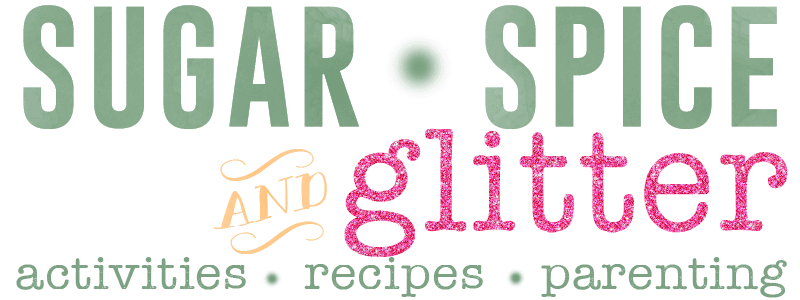
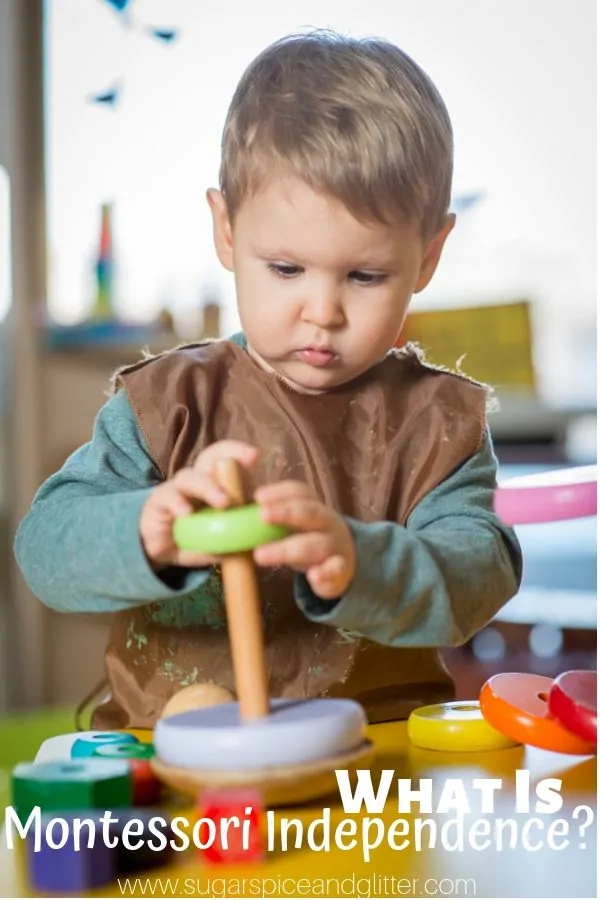
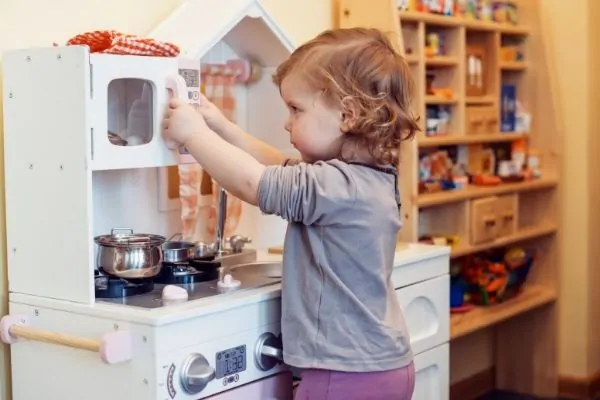
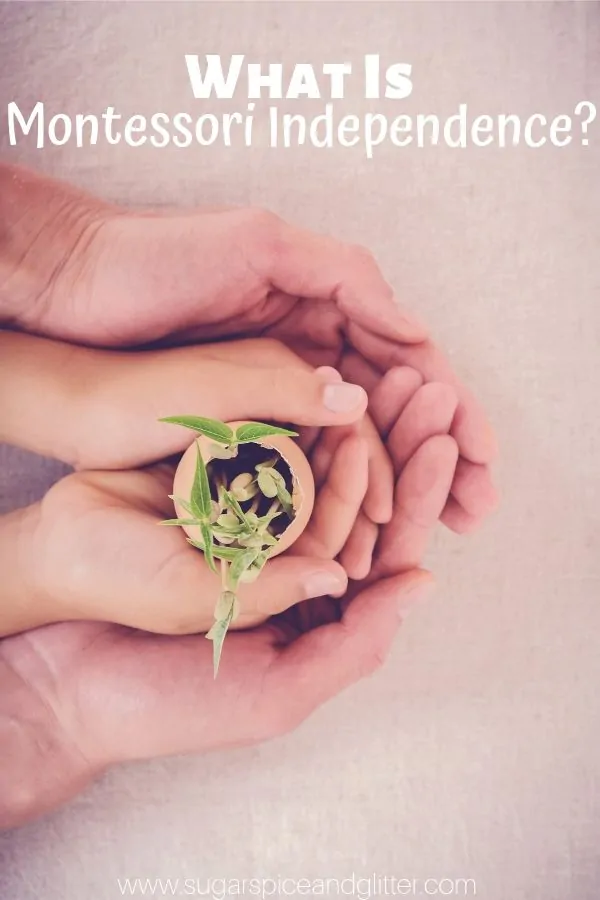
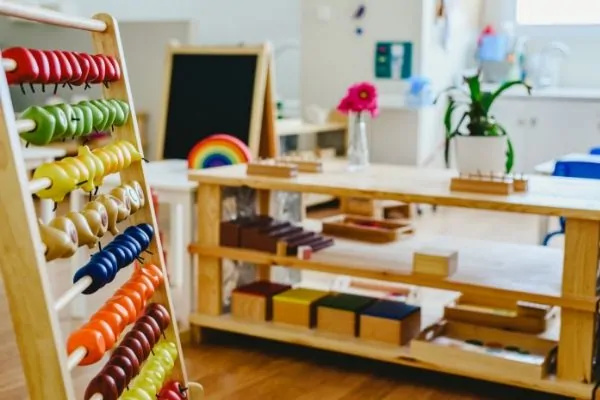
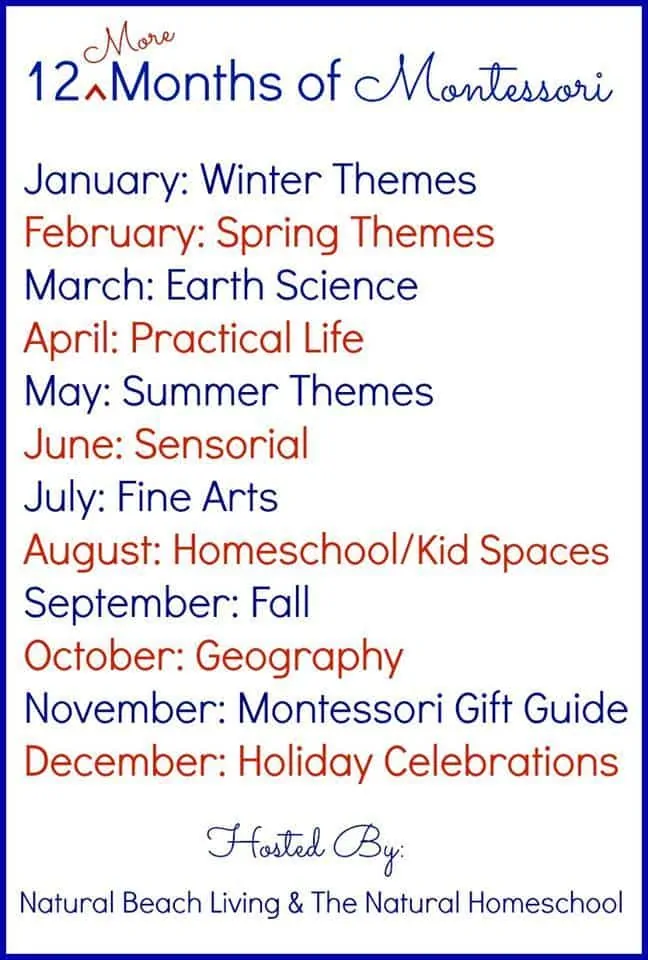
This site has become my main source. It’s packed with useful information. Siding Replacement Company